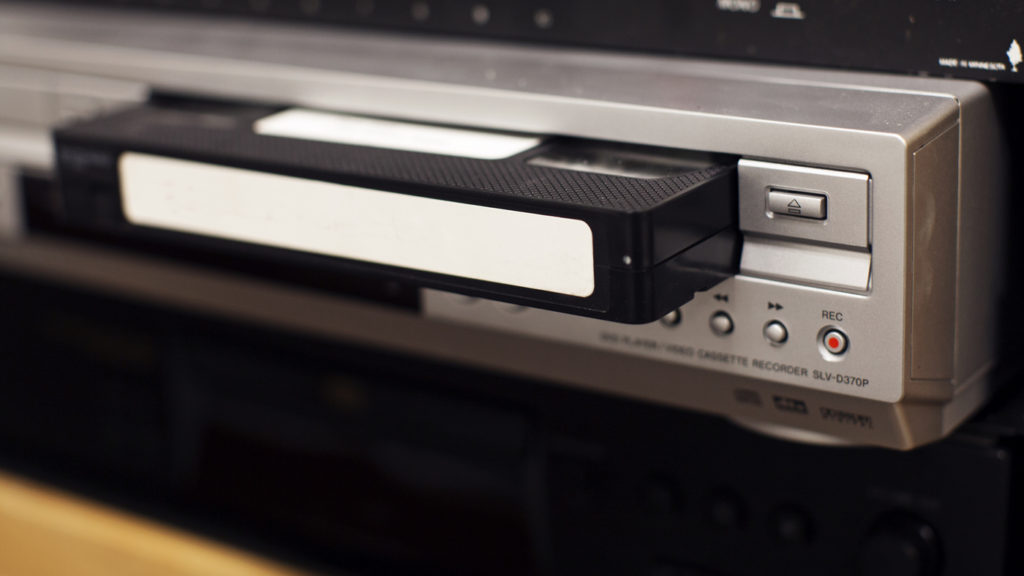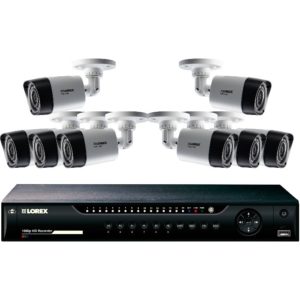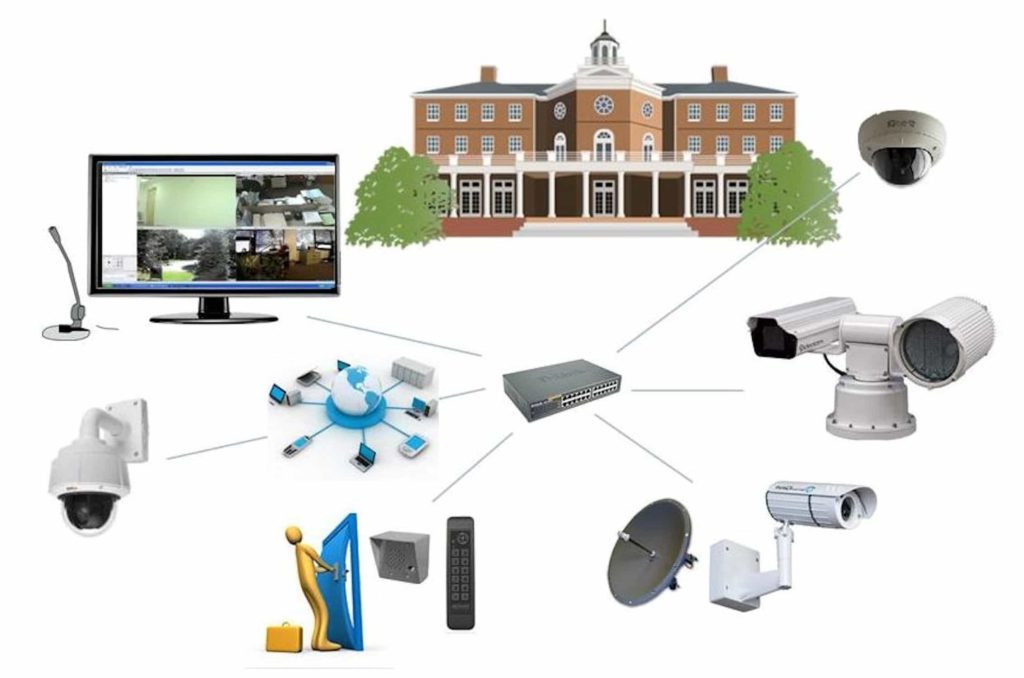
Not-so-Physical Security – Part 2: The Digital Revolution
My previous post presented the alarm systems of the 1970s, and the introduction of analog CCTV into the physical security arena in the 1980s. In this post, we look at the digital revolution of the 1990s.
 Digital Video
Digital Video
 During the 90’s, digital video transmission and storage technologies spread rapidly throughout the physical security market. The old, cumbersome and unreliable VCRs were replaced by new, maintenance-free Digital Video Recorders (DVRs), which enabled immediate access to any video footage. Analog video transmission over coaxial cable was taken over by digital video, which enabled sharing and distribution to multiple users at multiple locations.
During the 90’s, digital video transmission and storage technologies spread rapidly throughout the physical security market. The old, cumbersome and unreliable VCRs were replaced by new, maintenance-free Digital Video Recorders (DVRs), which enabled immediate access to any video footage. Analog video transmission over coaxial cable was taken over by digital video, which enabled sharing and distribution to multiple users at multiple locations.
IP-Based security
 At the rise of the millennium, along with the establishment of IP technology as a leading communication standard and widespread usage of IP network at any house and business, video-over-IP solutions were introduced. These included video encoders, which compressed analog video input to digital video over IP networks, and IP cameras with on-board IP ports.
At the rise of the millennium, along with the establishment of IP technology as a leading communication standard and widespread usage of IP network at any house and business, video-over-IP solutions were introduced. These included video encoders, which compressed analog video input to digital video over IP networks, and IP cameras with on-board IP ports.
Power-Over-Internet (POE) technology, which was launched shortly thereafter, enabling both powering and communicating with the camera over a single IP cable, making installation efforts much simpler and cheaper. The popular Wi-Fi technology gave rise to affordable wireless cameras and also contributed to IP-based device penetration.
Old command & control systems have been gradually replaced by software-based Video Management Systems (VMS) and DVRs have been replaced by Network Video Recorders (NVR). These trends enabled viewing video and operating from practically anywhere. Not only cameras but other sensors as well have become IP-based. Access control systems, alarm sensors and other IP compatible devices are enabling pure IP-based security solutions, eliminating the need for expensive proprietary communication infrastructure. Today, Internet-of-Things (IOT) technology offers an unlimited number of IP-based sensors and devices.

 9-11
9-11
The events of 9-11 events changed the security world forever. The need for enhanced security of critical infrastructure, public transportation and city centers led to the establishment of the US Department for Homeland Security (DHS) and shifted large portions of the government budget to the security market. A thorough effort of risk analysis and requirement specification had altered the security market from being dominated by the independent initiatives of one manufacturer or another, to a market driven by clear national requirements.
One of the identified needs was integrating private security system with government managed systems. This need dictated the development capabilities of high-level communication and remote management.
The question the physical security industry now faces – and one we’ll tackle in my next post: How does one cope with the vast amounts of data these cameras and sensors generate on a daily basis?